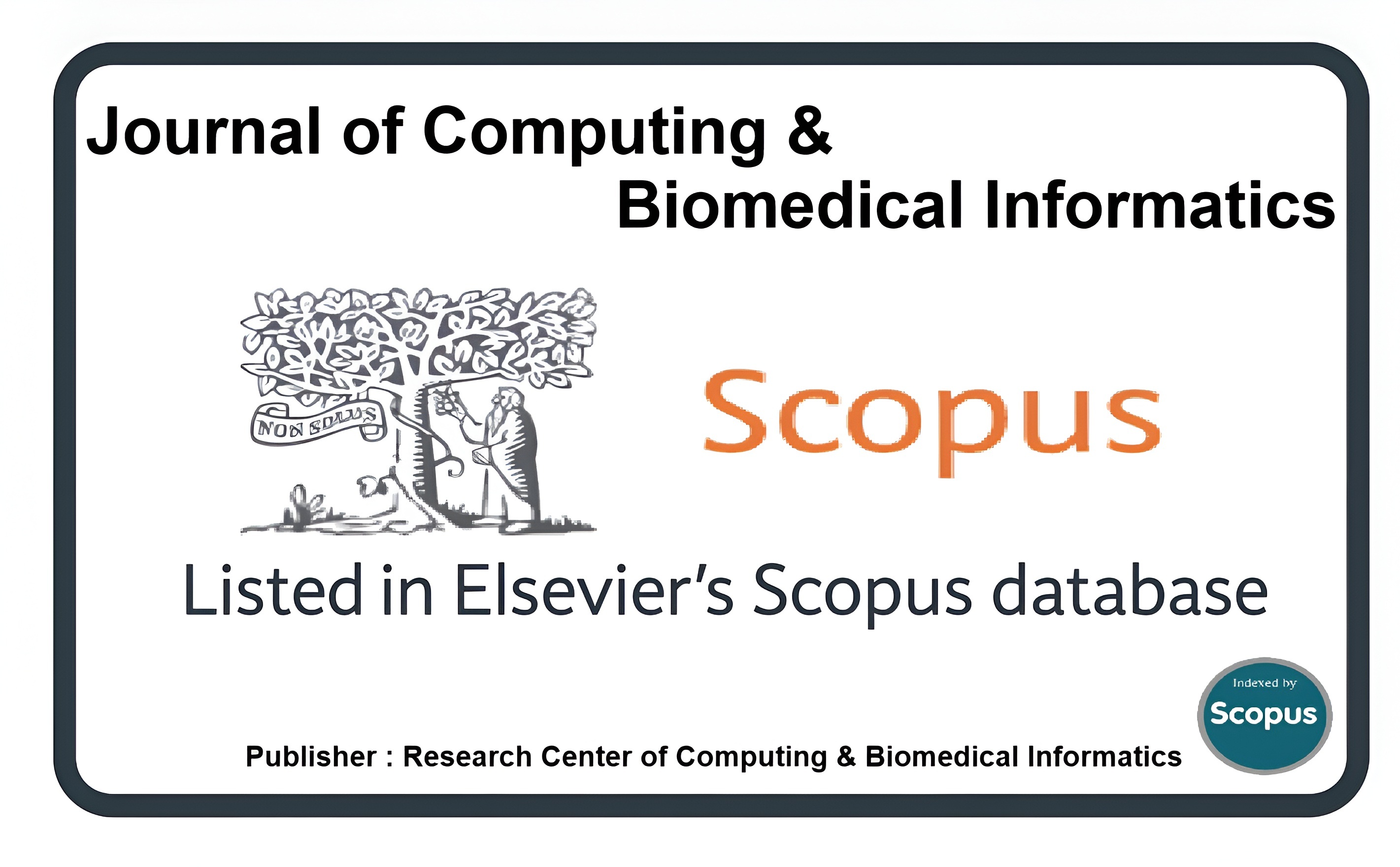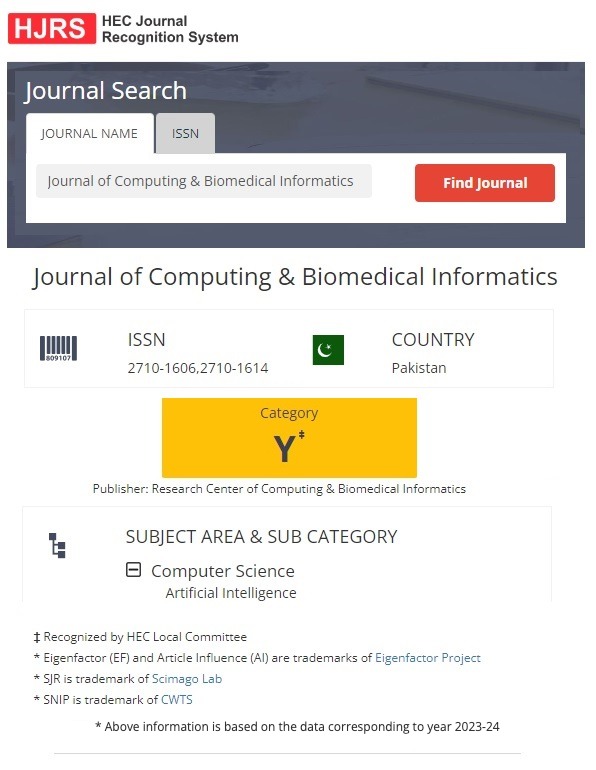Randomized Frame Selection Based Video Steganography Method for Secure Embedding of Secret Data
Keywords:
Video Steganography, Randomized Embedding, Peak Signal-to-Noise Ratio (PSNR), Secure Data Hiding, Robust EncryptionAbstract
Prior video steganography solutions are lacking in the randomized embedding process due to the known series of selection of video frames to divulge the secrecy of embedded data. Moreover, while maintaining a high Peak Signal-to-Noise Ratio (PSNR) is crucial for preserving video quality, many prior approaches fail to effectively balance security and visual integrity. This paper presents a novel video steganography method to introduce a randomized embedding process to achieve secure data hiding with enhanced PSNR. The proposed method utilizes secret key-based random frame selection and a least significant bit (LSB) embedding technique including encryption tactics to achieve effective and secure hiding of data within video files. A 64-bit secret key undergoes a series of various operations such as XOR, compliment, and logarithmic functions to derive a random frame number for data embedding. The plaintext message first undergoes encryption before being embedded through LSB substitution into the binary pixels of the selected frame. Experiments conducted on different video samples of varying dimensions demonstrate that the proposed method provides significantly improved PSNR [i.e. 74.15 dB] and lower mean squared error [i.e. 0.0002 dB] compared to previous techniques. This indicates enhanced imperceptibility, payload capacity and overall security of the embedded data. The proposed method addresses limitations in existing video steganography approachesrelated to static frame selection, data exposure, and insufficientevaluationmetrics. Withits robust encryption and high-fidelity data hiding, this technique has promising applications in military communications, access control systems, video archiving, and content authentication domains.
Downloads
Published
How to Cite
Issue
Section
License
This is an open Access Article published by Research Center of Computing & Biomedical Informatics (RCBI), Lahore, Pakistan under CCBY 4.0 International License





